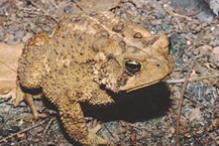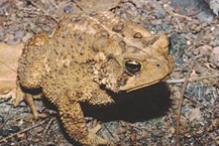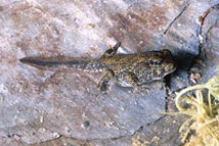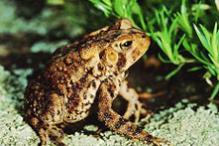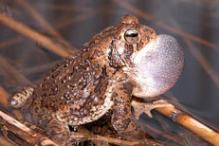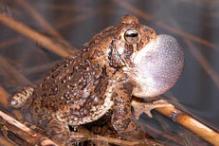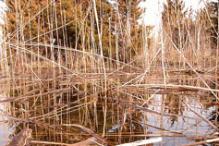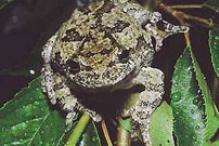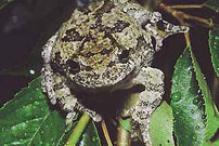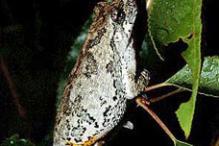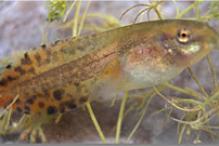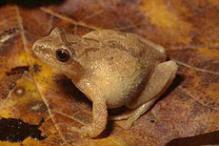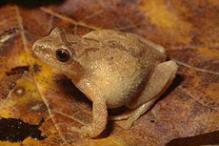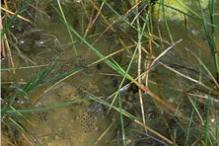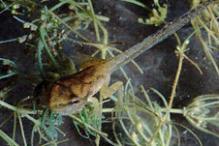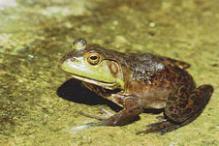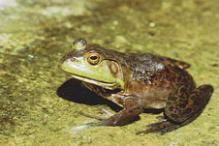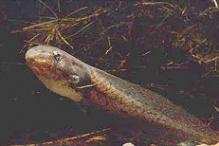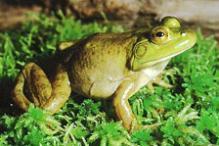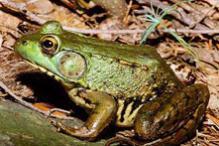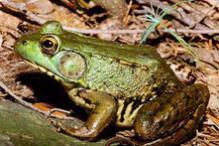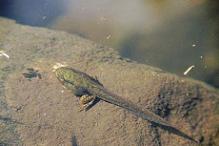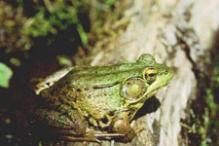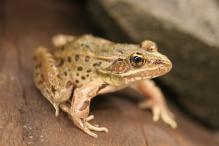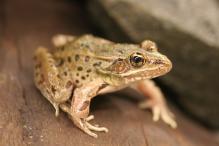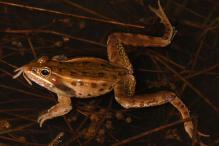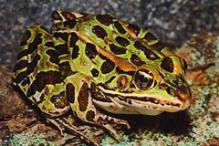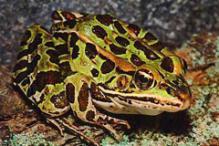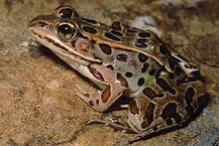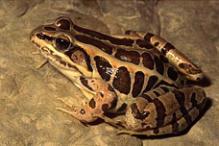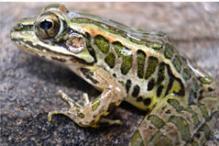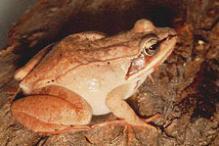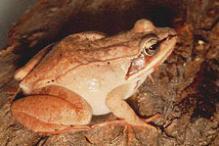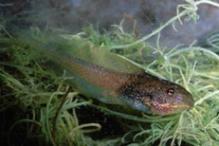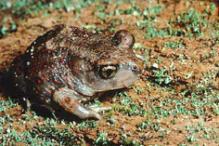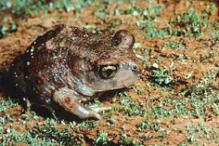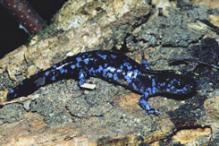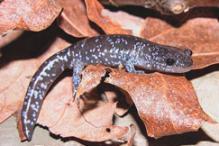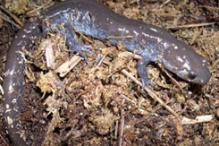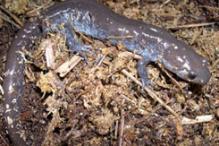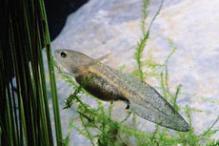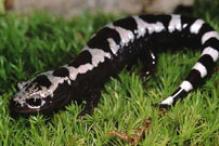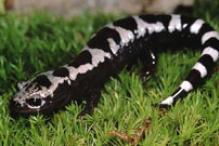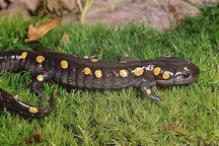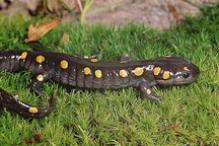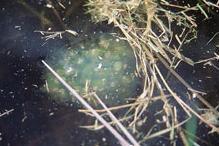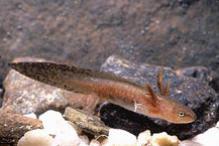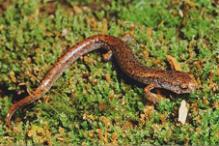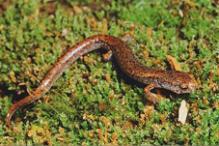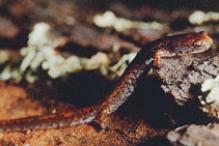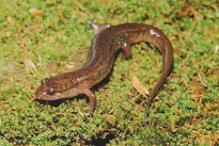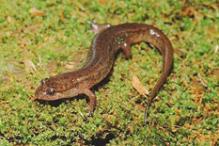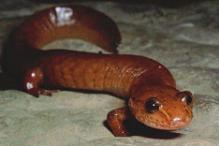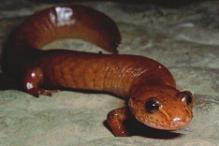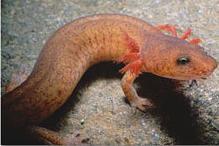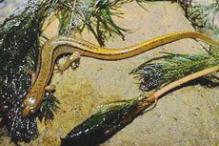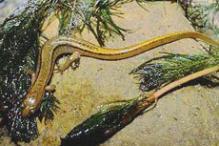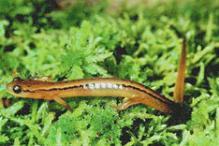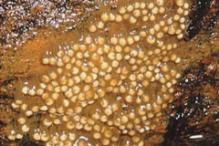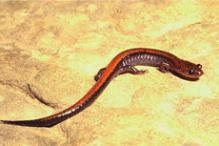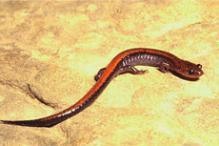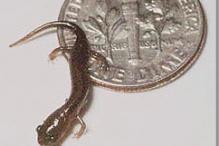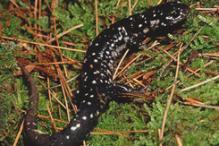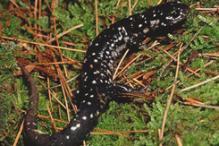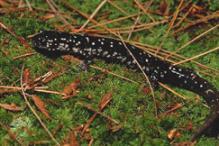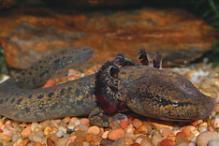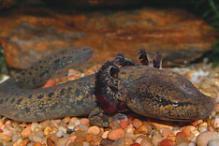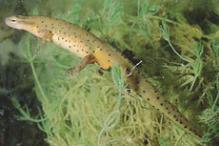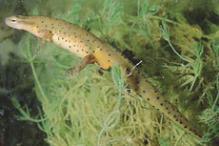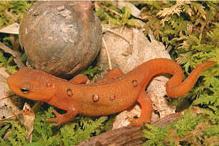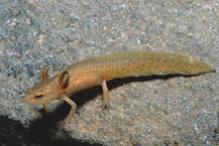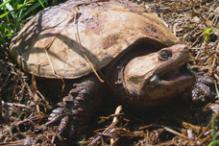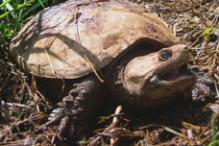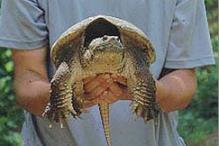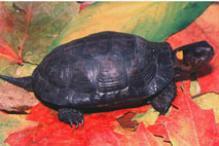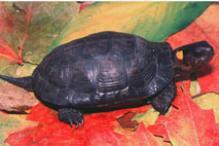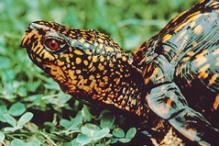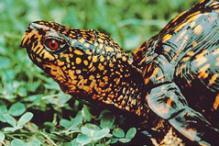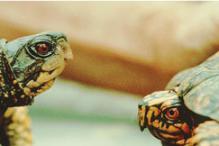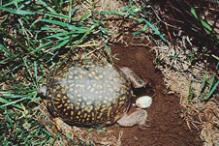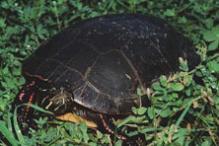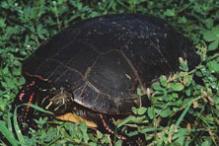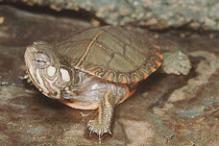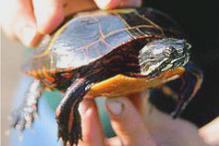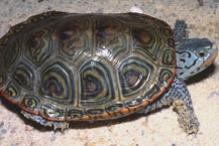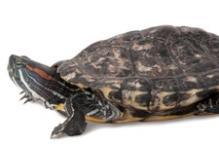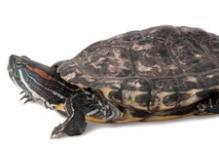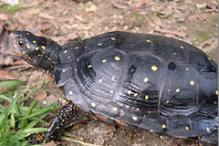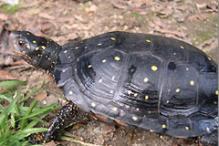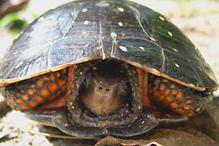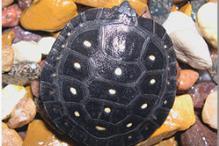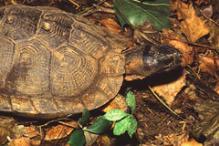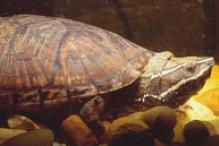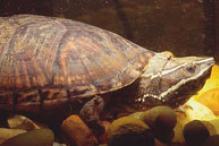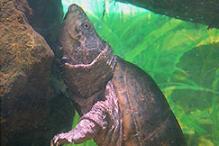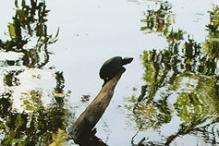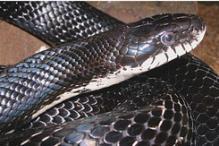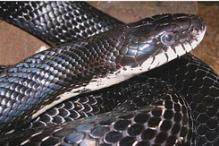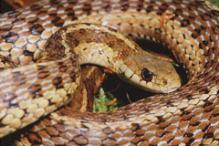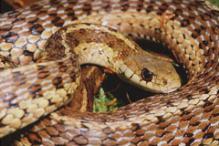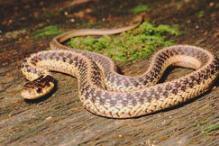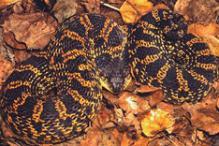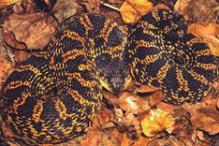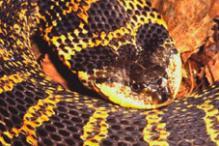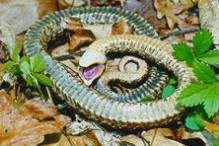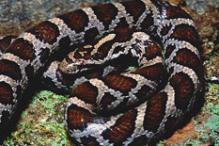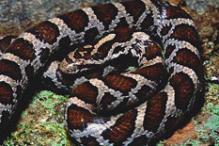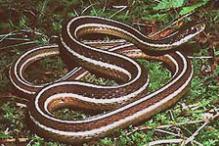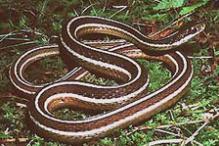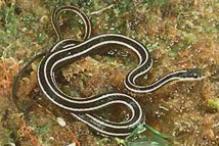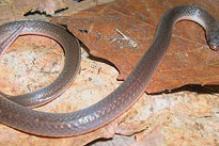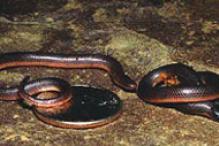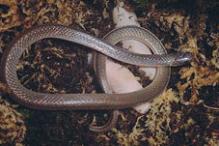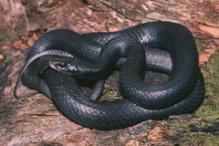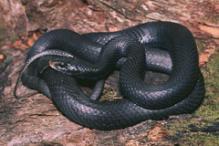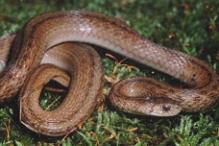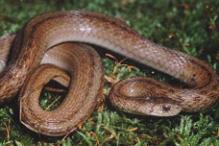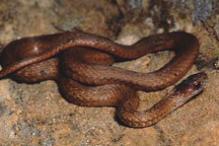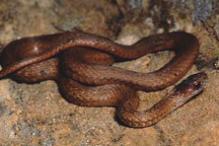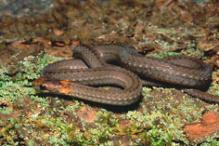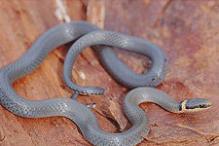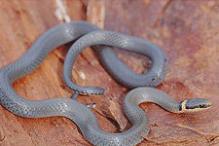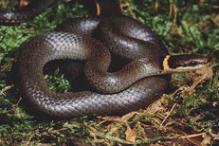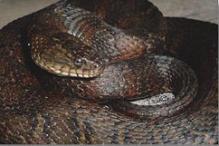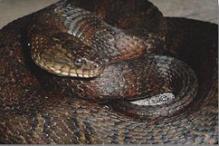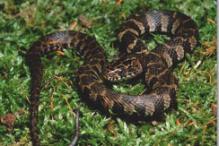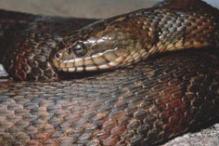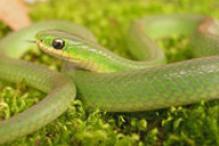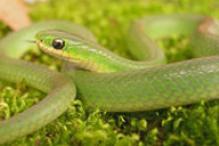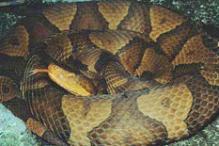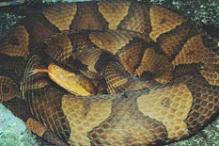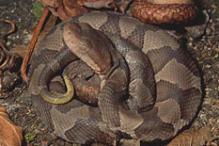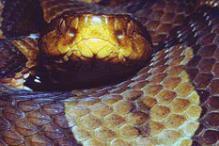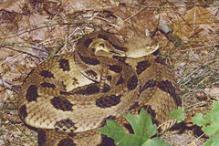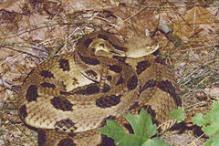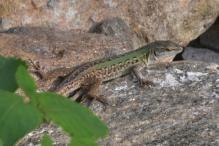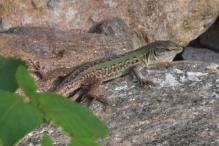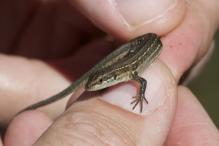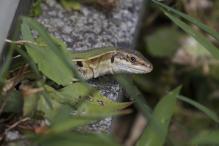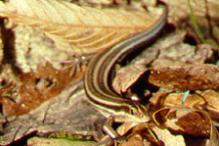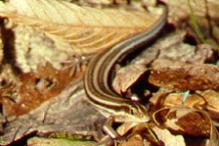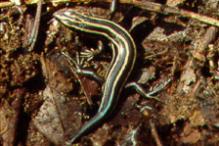Although Connecticut is among the smallest states in the United States, its habitats are diverse. There are 23 amphibian and 24 reptile species (not including sea turtles) living wild in Connecticut. These species represent a range of habitat needs in addition to diversity of species.
Amphibians and reptiles in Connecticut include species dependent on vernal pools and fragile traprock habitat. Some live in tidal salt marshes, whereas others require cool, clean mountain streams. Some migrate each fall to ancestral hibernation dens and others burrow deep into mud at the bottom of a pond to survive the cold New England winters. Connecticut’s amphibians and reptiles can even be found high in trees and deep underground.
Because some of these species require such specific habitats, they are threatened with extinction through habitat loss. Many species have some protection, with a few classified by the state as endangered or threatened. Through public education and continued research, conservation efforts can allow species in danger of extinction to continue to be valued members of the herpetofaunal diversity of Connecticut.
Amphibia
There are more than 7,000 living species of amphibians in the world. These include the worm-like caecilians, tailed salamanders, and tail-less frogs and toads. Like fishes, reptiles, birds, and mammals, amphibians are vertebrates. Most have a moist, outer layer of skin of dead cells that protects against rapid water loss through evaporation.
Amphibians lead a dual existence, spending part of their life in water, part on land. They lay gelatinous-covered eggs in a moist environment, usually in water. Fertilization is external in most frogs and toads and internal in most salamanders. All amphibians are carnivorous as adults.
Connecticut has 12 species of salamander and 11 species of frog. There are no caecilians in the United States.
All Connecticut species of frogs and toads (Order Anura) have an aquatic larval stage of life. These larvae are commonly known as tadpoles. The tadpole gradually grows legs and lungs to complete its metamorphosis into an adult frog or toad. Some tadpoles complete metamorphosis in only a few weeks, while others take a few years.
There are 11 species of frogs and toads native to Connecticut.
True Toads (Buffonidae)
Hylidae (Tree Frogs)
Ranidae (True Frogs)
Pelobatidae (Spadefoots)
Salamanders (Order Caudata) are often very secretive in the wild. Many of the more than 120 species in the United States are only regularly seen during the breeding season.
Salamanders have a wider array of life history traits than do frogs. Most salamanders spawn in the water and have a larval stage that metamorphoses into a terrestrial adult. But some develop directly from eggs into small salamanders, thus bypassing the aquatic larval stage entirely (genus Plethodon). Still others have a larval stage that lasts for the entire life of the animal, with aquatic adults with gills (genus Necturus).
There are 12 species of salamander in Connecticut.
Ambystomatidae (Mole Salamanders)
Plethodontidae (Lungless Salamanders)
Proteidae (Mudpuppies)
Salamandridae (Newts)
Reptilia
Reptiles are vertebrates with amniotic eggs and scales covering their bodies. A highly diverse group, modern reptiles include crocodilians, turtles, snakes, and lizards. They range in size from a few inches or centimeters for a small lizard, to 30 feet (10 meters) or more for the largest snakes. Reptiles have colonized nearly every habitat on Earth and are found on every continent except Antarctica. Most lay eggs, but some are live-bearing. Some species are comprised entirely of females and reproduce asexually through a process known as parthenogenesis. All reptiles are ectothermic (cold-blooded) and derive body heat from the environment rather than from metabolism. More than 6,000 reptile species are known to science.
There are 25 reptile species in Connecticut.
Turtles (Order Chelonia) are a confusing group. Although often thought of as evolutionarily ancient, they have many characteristics not shared by any other vertebrates. For instance, turtles are the only vertebrate animals with a bony shell. Most of the 300 or so turtle species in the world are aquatic or semi-aquatic. Some (the tortoises and a few others) are terrestrial.
There are 9 species of freshwater, or terrestrial, turtle in Connecticut. A few sea turtle species frequent Long Island Sound.
Snapping Turtles (Chelydridae)
Emydidae (Pond Turtles)
Kinosternidae (Musk Turtles)
There are over 2,500 species of snake (Order Squamata). They live in a wide variety of habitats and range in size from less than 1 foot (30 centimeters) to over 30 feet (10 meters). All snakes are predators. Most are not venomous. Although most snakes lay eggs, many are live-bearing, including a few species native to Connecticut.
There are 14 species of snake native to Connecticut.
Colubridae (Colubrids)
New World Pit Vipers (Crotalidae) — VENOMOUS
Lizards (Order Squamata) are very closely related to snakes. Lizards represent the most diverse group of reptiles on Earth in habitat use, and in body shape and size. They range from tiny geckos barely 1.5 inches (3.8 centimeters) in total length, to Komodo monitor lizards that reach more than 9 feet (270 centimeters). Some lizards have highly modified feet for climbing smooth surfaces. Others are completely arboreal, with feet like pincers that grasp twigs. Still others have lost their limbs entirely and dig in the ground. There are even at least 3 groups of lizard that glide like flying squirrels. One species reportedly glows in the dark.
Of the estimated 3,000 lizard species currently recognized by science, only one—listed as threatened—is native to Connecticut. One additional lizard species is non-native and established in the state.
Lacertidae (Wall Lizards)
Scincidae (Skinks)
|
Greg Watkins-Colwell
Senior Collections Manager,
Herpetology; Ichthyology; Vertebrate Zoology |
Send comments about this guide to Collections Manager Gregory Watkins-Colwell.
Contributors to this multi-authored guide:
Chad Arment
Colin Donihue
Hank Gruner
Richard Haley
Max Lambert
Charles M. Sikorski, Jr.
James Sirch
Gregory J. Watkins-Colwell
